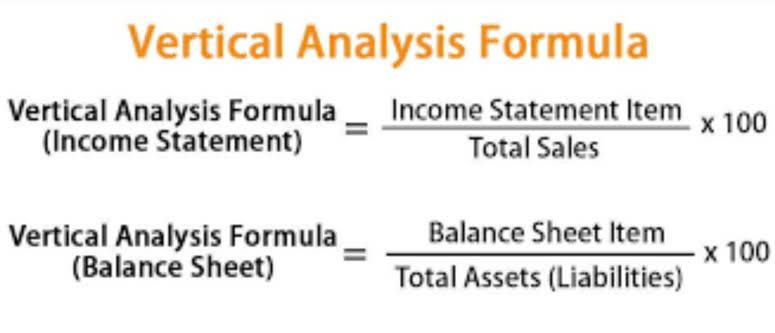Royalty Accounting for Modern Financial Professionals

The harmonization of accounting online bookkeeping practices under IFRS also aids multinational corporations in consolidating their financials, reducing the complexity that arises from dealing with disparate accounting rules. Complexity in royalty agreements, determining fair value, tracking and reporting sales data, and compliance with accounting standards can pose obstacles. The use of forecasts and estimates, the need for ongoing reassessment, and audit and contractual compliance add further complexity to the process. In summary, royalties in accounting are payments made by a licensee to a licensor for the use or exploitation of an asset. They are based on an agreed-upon percentage of revenue, profits, or a flat fee and serve as compensation for the use of intellectual property or other valuable assets.

The Benefits of Brand Licensing: Quickly Explained

All of your financial transactions make a difference to your accounts – but it’s not always clear whether they increase or decrease the value of your business. To help understand this better, let’s take an example of royalty accounting in five steps. The total sales are 1,100, during period 2 the sales reach the 1,000 step and the royalty rate is increased to 9.00 per sale for the final 100 units sold during the accounting period.
The Risks a Licensor Poses to a Licensee: How Can They Be Limited?

Suppose at the end of the first accounting period 500 video games have been sold. The royalty due to the developer is 4,000 (500 x 8.00), and the publisher posts the following journal entry to record the payment. Explore the intricacies of royalty accounting and learn how to navigate audits, resolve disputes, and apply international standards across various industries. Learn about the concept of royalties in accounting and how they play a crucial role in finance. Gain insights into the financial implications and management of royalties. It depends on the product category, the royalty rate, retail placement and accounting for royalty payments product sales.
- Income is recognized when revenue is clear and measurable, and therefore depends on a licensee’s sales or usage reports.
- A minimum payment threshold is the amount that a royalty recipient must earn before you send them a payment.
- Although individual properties are often accounted for individually, it is sometimes more economical to merge the accounts.
- The time value of money principle is pertinent when the timing of royalty payments involves significant financing components.
- Second, there are balance sheets, which will show how they affect your company’s value.
- In the context of royalties, revenue is recorded at the time the licensee sells the licensed products or when the performance obligations are met, not necessarily when the payment is received.
- For example, a TV show’s production company might allow their show to be distributed and watched on different streaming services.
Opportunities in Gaming Licensing
There are computer programs that can automatically track your sales, calculate your royalties, create reports, and even send out payments. In the world of licensing, being able to guess how much money you’ll make from royalties is a key skill. It’s important for both the people who own the licenses and those who use them. This skill helps businesses plan for the future and manage their money better.

- Licensees should take into account the applicable exchange rates at the time of royalty calculation to ensure accurate and fair payments to licensors.
- This process ensures that earnings are reflected accurately, providing stakeholders with clear insights into a company’s financial health.
- Another business owner may be interested in opening another branch of a business that exists.
- Recoupment of short workings is when the lessee is given an opportunity to recover any excess payment that he may have paid to the lessor as long as he has provided minimum rent in the previous years.
- Revenue earned from royalties is recognized in accordance with accrual accounting principles, where revenue is recognized when it is earned, regardless of when cash is received.
Royalties are typically agreed as part of licensing agreements between a licensor and the Bookstime licensee. Depending on the type of asset or other factors, various payment structures may be used. Royalties involve a formal agreement and the owner is able to earn income through royalties. For example, in the case of books, royalties are based on how many books have been sold.


